The "resistance capital" in Dong Thap Muoi in the past, now the historical relic of the Southern Resistance Administrative Committee and Regional Party Committee Base (Photo: Provided by the relic site)
- Reporter: Sir, could you please tell us about the context after September 23, 1945 in the South?
Mr. Nguyen Tan Quoc: Not long after the August Revolution was victorious, the French colonialists once again returned to invade the South. On the night of September 22 and the morning of September 23, 1945, they opened fire in Saigon.
Faced with the French colonialists' invasion, on the morning of September 23, 1945, the Southern Regional Party Committee and the Southern Administrative Committee held an emergency meeting, analyzed the French colonialists' plots and invasion actions, and decided to establish the Southern Resistance Committee, and at the same time approved the call of the Southern Resistance Committee.
On September 23, 1945, after receiving a telegram from the Southern Resistance Committee, President Ho Chi Minh urgently convened a Central Party Standing Committee Conference, approved the Southern resistance determination and sent a Central delegation to the Southern region to join the Regional Party Committee in directing the resistance.
And September 23 is considered the day of Southern resistance, opening the 9-year period of resistance against French colonialism by our army and people.
- Reporter: During the resistance war against French colonialism, the province's Dong Nai was once considered the "Viet Bac of the South". Why do you think so, sir?
Mr. Nguyen Tan Quoc: After the South received the Central Party's directive "Resistance and national construction" (late November 1945), on December 10, 1945, the Southern Provisional Party Committee held an expanded conference in Binh Hoa village, Thu Thua district (now Duc Hue commune), chaired by comrade Le Duan - Secretary of the Provisional Party Committee, to discuss many important issues on the resistance war against the French, and decided to divide the South into 3 military-administrative zones called Zone 7, Zone 8, Zone 9, to build resistance bases. In which, DTM was the base of Zone 8, including the provinces: Tan An, My Tho, Go Cong, Sa Dec, Vinh Long, Tra Vinh , Ben Tre.
In August 1946, the Base Committee of Zone 8 coordinated with the Tan An Provincial Party Committee and the Moc Hoa District Party Committee to establish the Defense Committee of the Central Highlands, headed by comrade Bui Quang Du, to "plan" the Central Highlands base area and determine the location of each agency and unit. The Central Highlands became the base of the headquarters of the Regional Party Committee, the Southern Resistance Committee, the armed forces, etc.
Comrade Le Duan and other key leaders such as Ton Duc Thang, Pham Hung, Nguyen Binh, Pham Van Bach, Tran Van Tra, Huynh Tan Phat,... and many agencies of the Party, government, armed forces from the local to the regional and provincial levels were all stationed and worked in people's homes. Therefore, a leader in the Regional Party Committee at that time said that "the whole South was present in the Central Highlands".
This was also the time when the whole country knew the DTM as the "resistance capital" of the South with a "culture of resistance in the swamps and rivers" due to the policy of promoting economic development, education, health care, and building a new cultural life for the people.
The Southern Resistance Committee and Regional Party Committee in the Central Highlands during the years 1946-1949 ignited the spirit of "based on the people's hearts", which was one of the reasons for the victory of the 9-year resistance war against the French colonialists.
- Reporter: Specifically, what made the DTM known for its "culture of resistance against the invaders", sir?
Mr. Nguyen Tan Quoc: There were many historical events that took place in this land during the 9 years of resistance against the French. First of all, we must mention the birth of the Photography - Cinematography Group of Zone 8 and the Southern Resistance Radio Station.
The Photography - Cinematography Group was established in October 1947, giving birth to revolutionary cinema in extremely difficult and deprived conditions. And the first film was Battle of Moc Hoa with precious footage filmed directly at the Moc Hoa battlefield - a victory that went down in history as one of the most typical feats in the 9-year resistance war against the French colonialists.
By December 1947, the Southern Resistance Radio officially broadcast its first broadcast. The Southern Resistance Radio was born to smash the French colonialists' propaganda of pacifying the South, contributing to propagating the revolutionary line, encouraging and promoting patriotism, turning towards the resistance and strengthening the belief in victory of the 9-year long resistance war against the French colonialists of the Southern people under the leadership of the Party.
The "war zone" of the Southern Region was also the birthplace of the Southern Propaganda Department, the Southern Administrative - Resistance Committee, and the Voice Newspaper;...
In particular, the first Congress of the Southern Party Committee was convened on the banks of the Nam Ngan Canal, chaired by comrade Le Duan. The Congress officially elected the Regional Party Committee and directly elected comrade Le Duan as Secretary of the Regional Party Committee. This was an event of special significance, because the Congress pointed out the specific directions and tasks of the Southern localities in the period of fighting the enemy's pacification strategy in the years 1948-1950, and at the same time officially ended the provisional period of the Regional Party Committee, which lasted from the end of 1945.
Those typical events, along with many other events and policies on resistance economy, culture, education,... from the DTM swamp base, contributed to spreading the resistance spirit of the Southern Party Committee to the people, contributing to the Party's line of all-people, comprehensive and long-term resistance during the 9 years of resistance against the French colonialists, contributing to the common victory.
- Reporter: Thank you!/.
Moc Chau (implementation)
Source: https://baolongan.vn/nam-bo-khang-chien-ban-hung-ca-tu-can-cu-dong-thap-muoi-a202762.html


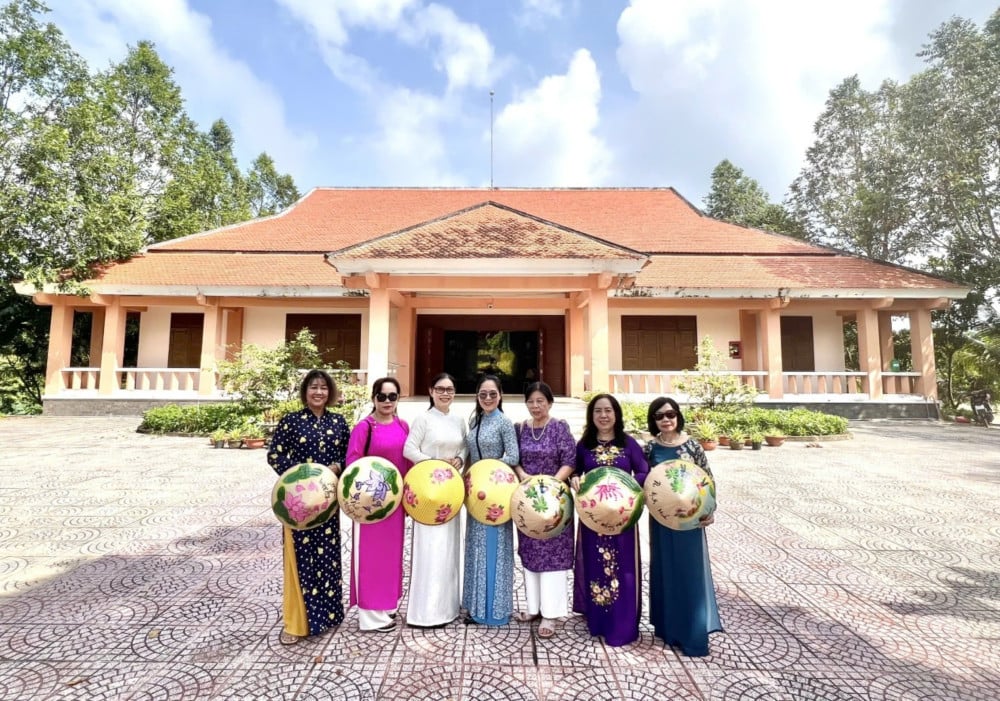





![[Photo] Keep your warehouse safe in all situations](https://vphoto.vietnam.vn/thumb/1200x675/vietnam/resource/IMAGE/2025/10/1/3eb4eceafe68497989865e7faa4e4d0e)

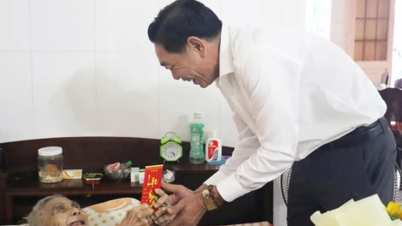



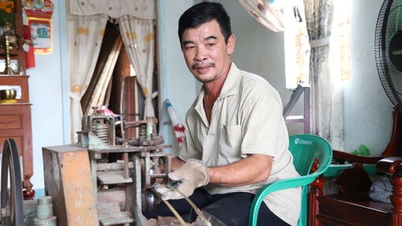
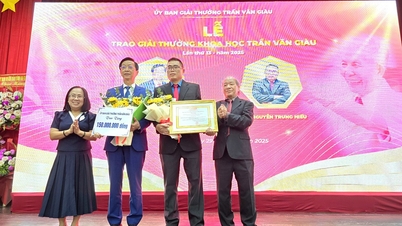





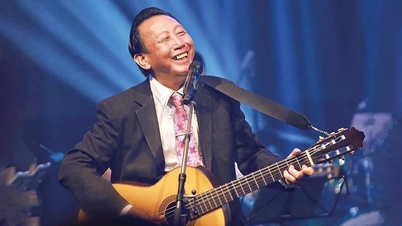



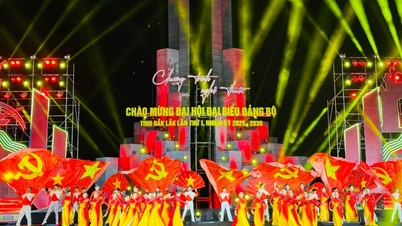







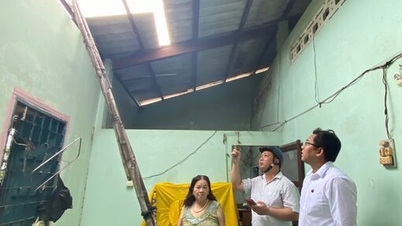
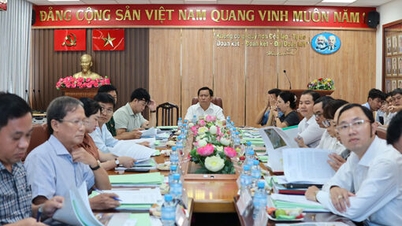
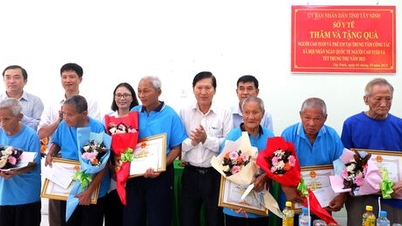
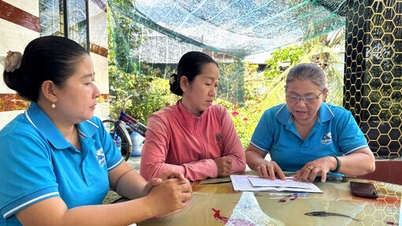

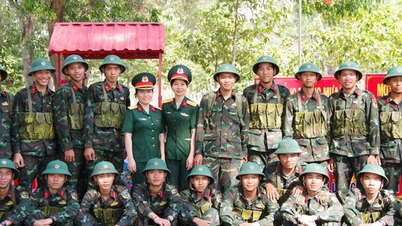

![[Photo] President of the Cuban National Assembly visits President Ho Chi Minh's Mausoleum](https://vphoto.vietnam.vn/thumb/1200x675/vietnam/resource/IMAGE/2025/10/1/39f1142310fc4dae9e3de4fcc9ac2ed0)

























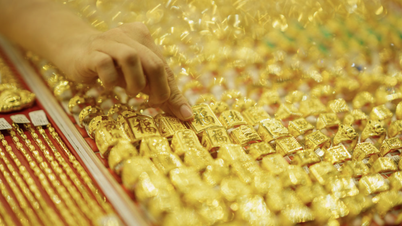
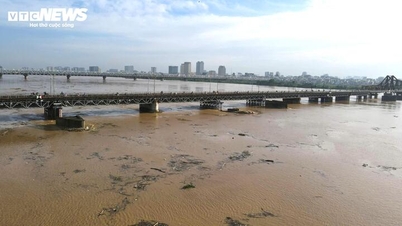



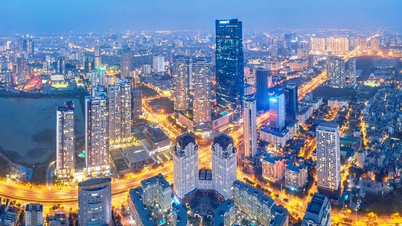


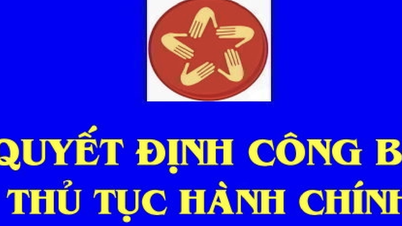









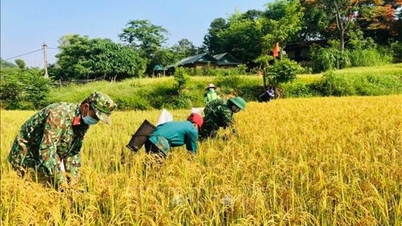

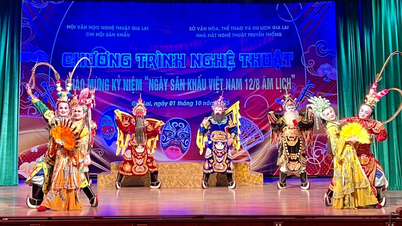
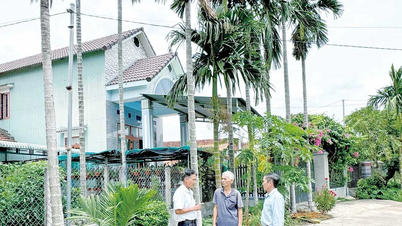















Comment (0)